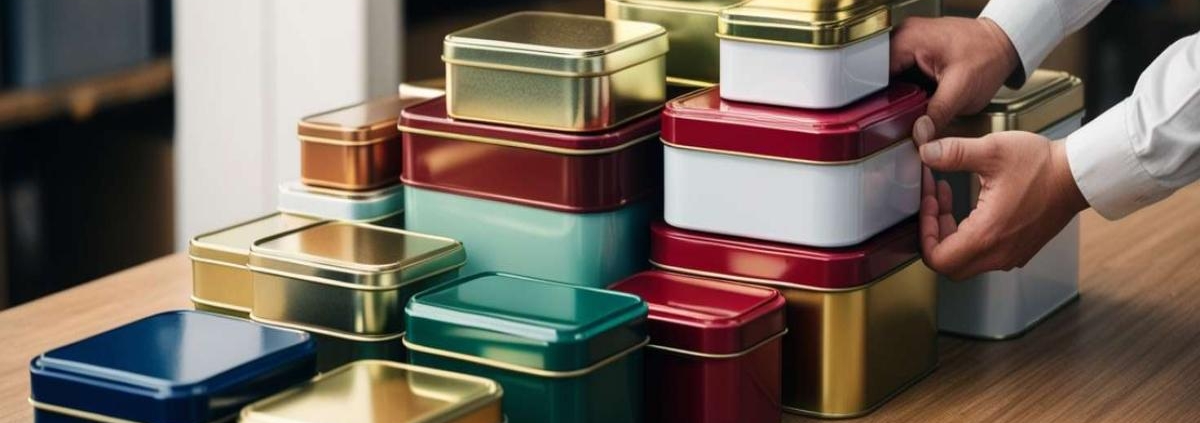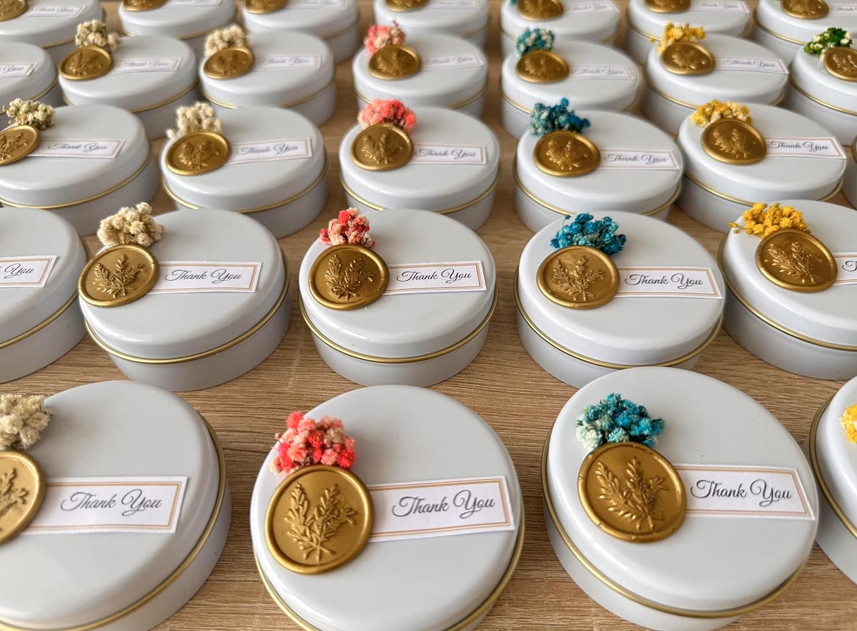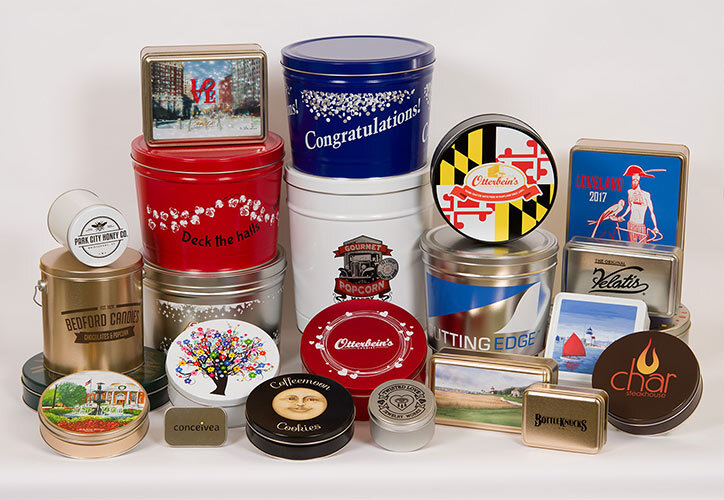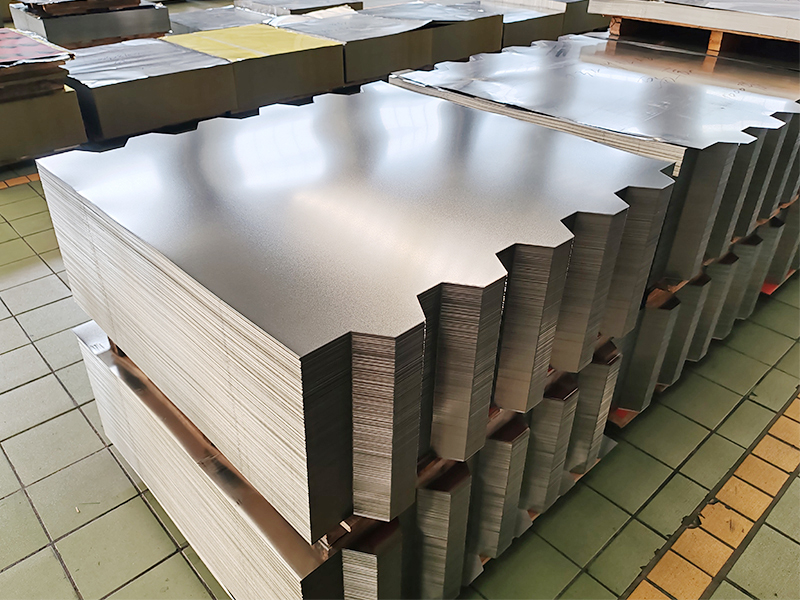Minimum order quantity strategy for personalized tin box for big brands
Tin cans are durable, suitable for gift giving, and serve as a brand touchpoint long after the product has been used. However, personalized tin box require molds, printing setups, sourcing metal coils, and finishing. These cost drivers make minimum order quantities a significant business variable. The upfront costs of designing custom cans, including mold cavities, embossing/debossing tools, printing plates, and pre-coating, are substantial. Spreading these fixed costs over too few units drives up the unit price and erodes the return on investment of premium campaigns. Conversely, producing too many units at once incurs significant inventory carrying costs and increases the obsolescence of limited-edition designs, necessitating a more strategic approach to ordering.
Why is 3,000 pieces the benchmark minimum order quantity for a personalized tin box?
For mainstream brand projects, Tsing recommends a minimum order quantity of 3,000 pieces, which generally balances these costs. Fixed costs in production include the upfront expenditure for molds, printing plates (for lithographic or offset printing), and rolling or drawing dies for more complex parts. Molds have long lifespans, but initial capital costs vary widely—small, simple round cans can be molded with standard molds, while shaped specialty cans with multi-layer embossing require precision machining, which can be costly.
For most bulk can packaging suppliers, amortizing these mold costs over a 3,000-unit volume keeps per-unit mold costs manageable and justifies the use of advanced surface finishes, such as multi-color offset printing or soft-touch lamination. Why is 3,000 units a reasonable inflection point? At a volume of around 3,000 units, mold amortization, printing efficiency, and logistics costs for most mainstream custom can projects fall to acceptable levels, resulting in competitive unit costs while retaining flexibility for seasonal SKUs or market changes.
The Impact of Design, Artwork, and Manufacturing on Personalized Tin Box MOQ Planning
Design choices have a significant impact on the calculation of the minimum order quantity (MOQ) for a personalized tin box. Simple designs can lower MOQs because they reduce plate complexity. Conversely, complex patterns, multi-point varnishing, soft coatings, or heavy embossing increase both fixed and variable costs. When your artwork uses a limited palette and avoids tight registration at seams, you can minimize plate changes and reduce the number of required printing stations. This not only shortens makeready time but also enables suppliers to produce smaller, more economical batches.
Additionally, embossing or debossing requires a separate die and often necessitates a secondary production step. If embossing is critical to your brand, consider die costs and the associated minimum production volume your custom can supplier will accept. In many factories, the height and complexity of embossing can result in minimum order quantities exceeding 3,000 pieces, unless the supplier can reuse the die for multiple SKUs or campaigns.
Phase-Based Ordering Strategies for Brands
Phase-based ordering can mitigate risk, validate demand, and optimize cash flow, while still leveraging supplier economics when scaling to batches of 3,000 pieces or more. The first phase can be a pilot and validation phase. Start with a small pilot to verify market acceptance. Pilots may have higher unit prices, but they provide real-world data, including retail sales, point-of-sale feedback, and social media engagement. Companies use pilot programs to confirm product fit, finished product quality, and product artwork; they then make refinements before establishing a larger minimum order quantity.
The second phase involves mechanical mass production (with a baseline of 3,000 pieces). If the pilot achieves its targets, the minimum order quantity (MOQ) is expanded to the recommended 3,000 pieces. This volume typically reduces unit costs by decentralizing tooling and setup, while also avoiding excessive inventory. The final phase enables scalable replenishment and SKU expansion, with successful SKUs transitioning into a regular replenishment cycle. For multi-SKU campaigns, base molds can be reused, with mold plates swapped out for variants.
Supplier Selection and Quality Assurance
Choosing the right bulk tin packaging supplier is crucial for an effective MOQ strategy. Suppliers vary in terms of technology, material sourcing, regulatory compliance capabilities, and flexibility in production capacity. Major brands must prioritize suppliers that offer consistent quality, reliable delivery times, and transparent cost breakdowns.
To this end, tin packaging suppliers can be evaluated across four key areas: printing technology, post-press capabilities, tooling capabilities, in-house testing laboratories, and the ability to manage food contact coatings. Of course, you also need to consider the quality assurance agreement to understand whether they conduct print run sampling, in-line color measurement, and mechanical testing of seams and closures (lids and hinges). Personalized tin boxes orders of 3,000 or more require a written acceptance plan that includes tolerances for cosmetic defects, coating adhesion testing, and full batch traceability. For global brands, compliance is a non-negotiable requirement. Ensure your supplier provides documentation demonstrating compliance of food contact coatings with FDA or EU regulations, as well as RoHS and REACH declarations for any chemical substances.
Implement a Robust MOQ Ordering Strategy
A minimum order quantity (MOQ) strategy for personalized tin boxes for major brands requires a balance between tooling economics, design complexity, risk management, and marketing agility. A 3,000-piece MOQ provides a reliable starting point for many mainstream personalized tin box projects: it spreads setup costs, improves printing efficiency, maintains competitive unit pricing, and preserves the ability to iterate on creative and marketing strategies. However, the right MOQ for your brand depends on the specific design, coating, regulatory restrictions, and global distribution network.
Common Questions in Purchasing
Q1. Why is the recommended minimum order quantity for personalized tin boxes 3,000 pieces?
A1: 3,000 pieces typically balances mold and setup amortization, printing efficiency, and logistics costs. This reduces unit mold costs, improves printing efficiency, and ensures reasonable compliance testing and coating processes. Smaller batches are possible, but the unit price is generally much higher unless a pilot is conducted and subsequent batches are agreed upon.
Q2. Can I produce multiple designs without paying the full mold cost for each design?
A2: Yes. You can reuse the base mold and switch to different plates, embossing dies, or coatings to create a variety of designs. Additionally, consider negotiating with your bulk tin packaging supplier for multi-SKU mold combinations to spread the costs across different SKUs.
Q3. How does material selection affect minimum order quantities and costs?
A3: Material selection (tinplate vs. aluminum, thickness specification, food-grade lacquer) affects both fixed and variable costs. Special metals and coatings often increase the effective minimum order quantity due to increased setup complexity and curing requirements.





 Facebook
Facebook Twitter
Twitter Linkedin
Linkedin
